When building investment portfolios, we take a holistic approach to cover both ESG-related risks and opportunities; this involves the following key components:
Across all asset classes, we continue to integrate ESG analysis into our investment and operating activitiesa. Our integration strategy involves identifying and assessing sustainability factors and engaging with the companies we invest in to gather information, reduce or remove ESG-related challenges and enhance risk-adjusted returns.
Our approach to ESG integration aims to increase returns and reduce risks, and has resulted in industry recognition
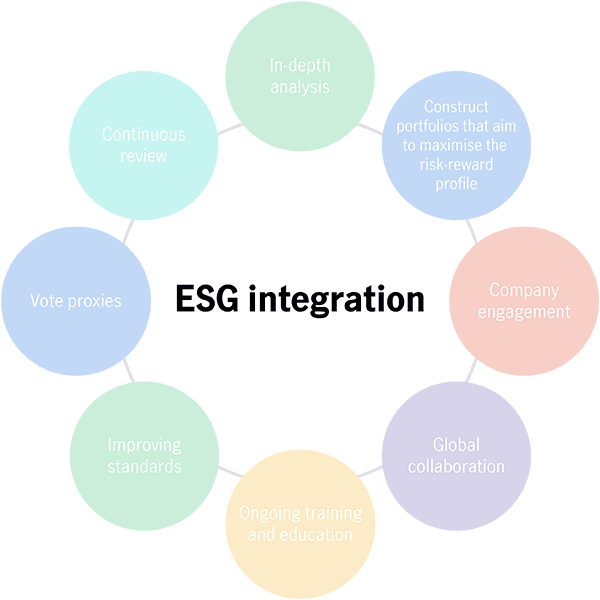
For illustrative purposes only

A demonstrated commitment to sustainability, as supported by our most recent PRI assessmentb.
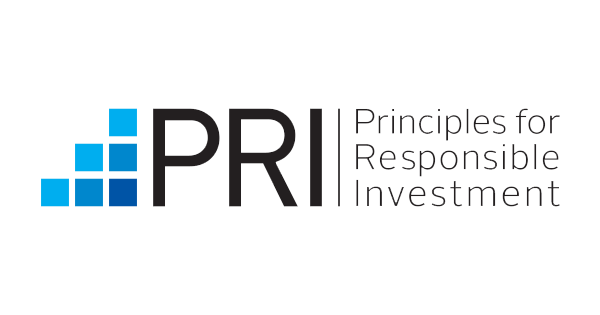
Manulife was named to the PRI Leaders’ Group 2020 for excellence in climate reportingc.
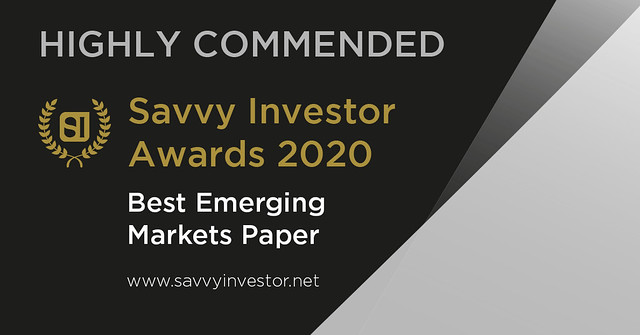
Highly commended by Savvy Investor Awardd for The Best White Papers of 2020: ESG investing in Asia—an invisible evolution.
a We look to incorporate material ESG considerations throughout the stages of our investment and asset ownership lifecycles, taking into account the characteristics of the asset class and investment process in question, as well as industry and geography, among other factors. Each investment team operates in different markets and with different nuances to its approach to investing. Accordingly, each team integrates ESG factors into its investment process in a manner that best aligns with its investment approach.
b Manulife Investment Management is a signatory to the Principles for Responsible Investment (PRI) and pays an annual fee. It is compulsory for signatories to report on their responsible investment activities annually.
c Please visit the PRI website to learn more about the methodology for PRI Leaders.
d www.savvyinvestor.net/awards-2020
As active owners, we work closely and engage with management teams, collaborate with other stakeholders and/or exercise our shareholder voting rights to help these businesses and our operations progress toward their sustainability goals. This involves establishing a framework of policies, training, and governance to promote sustainability, address risks in investment practices, and ensure that all clients’ interests are prioritized.
We seek to apply stewardship to all of our assets* to strengthen their sustainability management
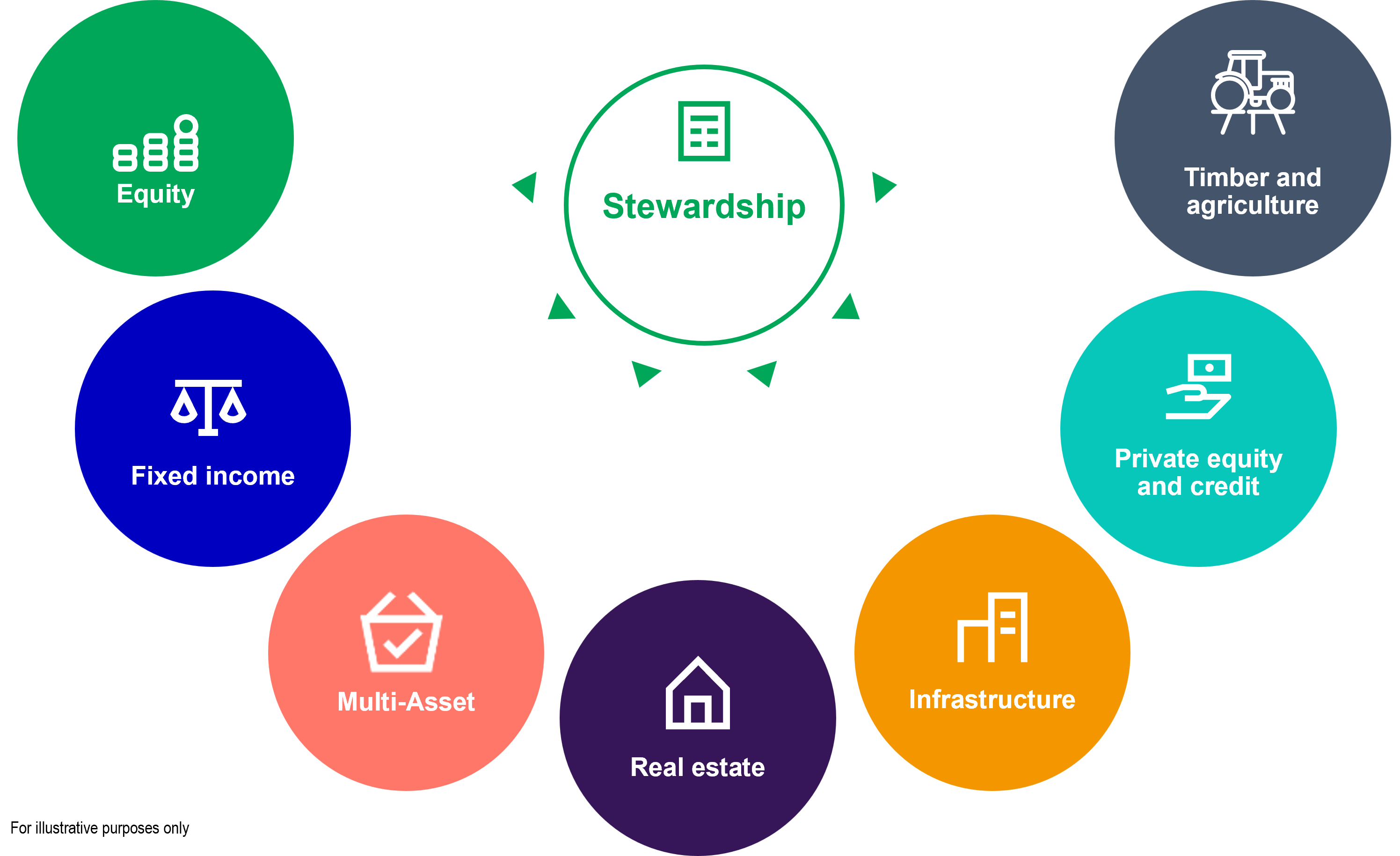
Both the investment professionals and sustainable investing team members at Manulife Investment Management have conversations with issuers across our holdings. In 2023, we engaged 800+ unique issuers, 25+ vendors, NGOs, governments and industry bodies.
* Manulife Investment Management, as of December 31, 2023
We also work with international working groups, market participants, policymakers, and non-governmental organizations (NGOs) to amplify our efforts in tackling sustainability issues. We were a founding member of Climate Action 100+ which initially launched in 2017 as a five-year initiative, but in 2022 announced that it would run to 2030. It is an investor-led initiative aiming to ensure the world’s largest corporate greenhouse gas emitters take necessary action on climate change. Through Climate Action 100+, approximately 700 investors responsible for US$68 trillion in assets under management are engaging companies on improving climate change governance, reducing emissions and strengthening climate-related financial disclosures, in order to create long-term shareholder value.a
Our lead initiatives and sustainability partnersb
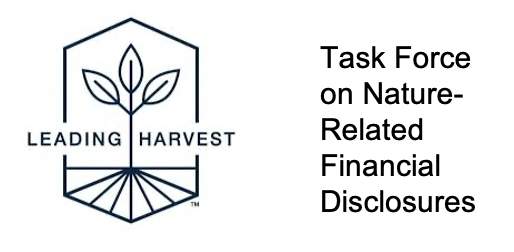
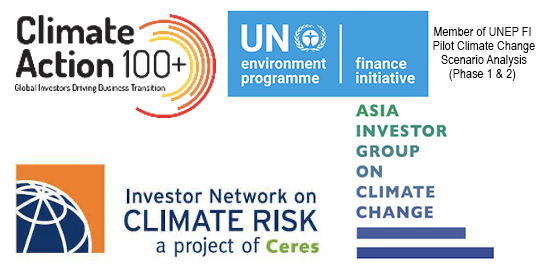
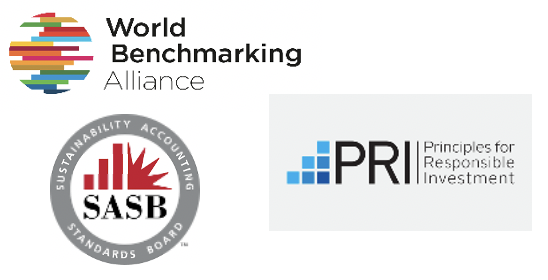
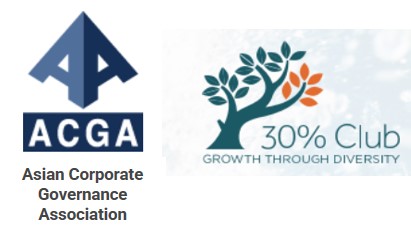
a Progress Update 2023, Climate Action 100+.
b The logos above are registered trademarks of the respective organizations/ firms represented. Manulife IM is prompting each of the ESG actions shown through becoming a member of respective programs or partner with the organizations on these endeavors. (i) Leading harvest: https://www.leadingharvest.org/. (ii) Task Force on Nature- Related Financial Disclosures: https://www.fsb-tcfd.org/. (iii) Climate Action 100+: https://www.climateaction100.org/. (iv) Asia Investor Group on Climate Change (AIGCC): https://www.aigcc.net/members/. (v) Investor Network on Climate Risk: https://www.ceres.org/networks/ceres-investor-network. (vi) World Benchmarking Alliance: https://www.worldbenchmarkingalliance.org/wba-allies/. (vii) SASB: https://www.sasb.org/investor-use/supporters/. (viii) PRI : https://www.unpri.org/.
Our commitment to transparency includes reporting on the outcomes of our sustainable-investing efforts and asset-management process and approach. We support the adoption of industry-wide standards for disclosure, including the framework outlined by the task force on climate-related financial disclosures (TCFD)a.
Governance and ethics
Environmental impact
Social responsibility
Manulife Investment Management SRI (Sustainable and Responsible Investing) report
a The Task Force on Climate-related Financial Disclosures (TCFD) framework, established in 2017 by the Financial Stability Board suggests disclosures in four categories: governance, strategy, risk management and metrics, and targets. Task Force on Nature- Related Financial Disclosures: www.fsb-tcfd.org.
We believe in action, making a positive impact on the community, environment, and investment industry. We aim to lead by example and share our stories to inspire change.
ISSUE
As global governments, investors, financiers, and other stakeholders work to direct capital toward climate mitigation and adaptation, a need has emerged to accurately define which of these activities can be properly classified as contributing to those goals.
Recognizing the need to evaluate investments in climate mitigation projects using credible criteria, members of our Sustainable Investment Team in Asia joined the Green Finance Industry Taskforce (convened by the Monetary Authority of Singapore), to focus on the development of a sustainable finance taxonomy for classifying green and transition investments.
Action
Our team collaborated with representatives from peer financial institutions, corporate issuers, government agencies, nongovernmental organizations, and industry associations to develop a taxonomy of sustainable economic activities that align with Singapore’s environmental goals. The work was guided by Singapore’s green transition goals as articulated under the nation’s own Green Plan 2030, which includes targets for green energy, clean energy vehicles, and sustainable infrastructure, among others, and the goals of its Nationally Determined Contribution, which seeks to reduce emissions to 60 MtCO2e by 2030 and achieve net zero emissions by 2050.
OUTCOME
The resulting Singapore-Asia Taxonomy for Sustainable Finance was published in December 2023. The taxonomy articulates its objectives in support of climate change mitigation and classifies eligible green and transition economic activities across its energy, transport, construction, forestry, industry, carbon capture and storage, and agriculture sectors, among others. While the initial version focuses on climate mitigation activities, future iterations may address climate adaptation and activities focused on promoting healthy ecosystems, the circular economy, and pollution prevention.
This work is ongoing, with industry practitioners establishing the Singapore Sustainable Finance Association (SSFA) to support its objectives. Members of our Sustainable Investment Team continue to support its further development and implementation as chair of the SSFA’s natural capital and biodiversity working group and members of its taxonomy working group.
Date published: April 2024
ISSUE
In recent years, the risks and opportunities of climate change and nature loss have taken on elevated significance for issuers, asset owners, and asset managers. Topics such as climate change and deforestation have accordingly become top of mind for investors as the financial consequences of these issues are put in stark relief by evolving regulations, an intensification and higher frequency of destructive climate events, and changing consumer preferences in favor of sustainable solutions.
But while climate-related risks and opportunities can be measured and expressed in terms of greenhouse gas emissions, implied and actual temperature rises, and widely accepted metrics such as climate value at risk, biodiversity loss and the associated degradation of ecosystem services are comparatively understudied and more complex to measure. One of the central assessment challenges is the problem of incomplete or generally lacking data, which makes evaluating the financially material dimensions of biodiversity loss a problem.
ACTION
In the face of these issues, we began to evaluate how capital allocation in public markets asset classes could potentially contribute to the preservation and restoration of biodiversity. As part of our own research efforts, we investigated emerging and existing data providers’ biodiversity assessment tools for analyzing portfolio-level biodiversity impact.
At the same time, with a number of investee companies beginning to assess their impact on biodiversity, we felt there was an opportunity to engage and build a better understanding of the work being done at the issuer level.
Accordingly, our Japan credit research team and public markets sustainable investing team began a series of engagements with debt issuers who we identified as well positioned to step into the vanguard of biodiversity disclosure through the adoption of the framework offered by the Taskforce on Nature-related Financial Disclosures. These same issuers had already made significant strides through their Task Force on Climate-Related Financial Disclosures-aligned reporting and analysis.
Our engagement on this topic was outcome oriented in nature, seeking benefits for the issuers themselves as well as for our clients.
OUTCOME
We were pleasantly surprised by the larger-than-expected number of companies that have already conducted a biodiversity analysis and quantified the financial impact potential to their businesses on a best-efforts basis.
In conversations with a variety of issuers, we explored:
Through this engagement activity, we developed a better understanding of the biodiversity objectives companies have laid out. Some are in the process of hiring biodiversity consultants while others have already done so and have publicly disclosed their initial analysis. Still others felt that it was more important to remain focused on their climate-related objectives until such time as credible biodiversity data becomes available.
Across all engagements, we expressed the importance of biodiversity assessments going forward and cited the parallels between the quickly ramped-up significance of climate-related disclosures, which began to take global prominence in 2019. And while we discovered issuers are at different stages of their biodiversity assessment journey, they all recognized its growing importance alongside climate-related topics.
Date published: March 2024
ISSUE
Estimating a company’s scope 3 emissions can be a challenging task, as these estimates involve calculating indirect emissions from the company’s supply chain, investments, and sold products over which the company may not have direct control or insight. Furthermore, many companies currently don’t disclose or only partially disclose their scope 3 emissions.
Estimations, therefore, have to navigate these inherent difficulties and are at risk of making overly broad assumptions. For example, data providers may assume that companies across an entire industry may engage in the same activities even though actual operations and business segments can vary significantly by issuer.
In reviewing scope 3 estimates from one of our data providers for the heavy electrical equipment industry, we realized that a producer of wind energy equipment had a much bigger scope 3 emissions profile than many producers of more traditional power generation equipment. This seemed incorrect given that wind equipment makers’ scope 3 downstream emissions, particularly in terms of the use of sold products by customers, are presumably much smaller relative to those of traditional heavy electrical equipment manufacturers.
ACTION
We engaged further with the data provider to explore its scope 3 estimates for this wind equipment producer and determined that, due to a general lack of disclosure, estimates were based on scope 3 data from only five other global, heavy electrical equipment companies. This wasn’t only a small sample set, but the business activities of that small sample didn’t match up well to the operations of the wind equipment manufacturer in question.
We suggested that the data provider update its methodology to make estimates more closely based on actual business activities conducted.
OUTCOME
After having a dialogue with the data provider on this issue over several months, the provider confirmed that it will change the methodology to better reflect actual business activities. Ultimately, it will provide data that distinguishes downstream scope 3 emissions by business activity across issuers.
We continue to monitor the progress of scope 3 estimate methodologies and to engage with our data providers on such issues. Simultaneously, we may also engage with issuers directly on their scope 3 emissions to understand challenges they face while acting as a bridge between companies and data aggregators to provide meaningful feedback in both directions.
Date published: October 2023
ISSUE
Soon after the release of the climate-reporting framework from the Task Force on Climate-related Financial Disclosures (TCFD) in 2017, we saw the potential for the framework to foster a better understanding of climate risk as both a global and a local issue. We believed that broadly communicating the importance of this dual significance, both for physical and transition (or policy-related) risks, could be a useful facet to emphasize—and that it could be especially beneficial to foreign investors who are less familiar with the local context in Japan. We also believed it might help speed adoption of the disclosure framework by Japanese companies, which we’ve come to see as paramount for those companies issuing or planning to issue green and transition bonds.
ACTION
The Japan TCFD Consortium, backed by Japan’s Ministry of Economy, Trade and Industry was convened in 2019 to help Japanese companies incorporate the analysis of climate risks into their business strategies. Manulife Investment Management’s Japan credit research team, together with our sustainability professionals in public markets, has been a participant in the consortium since its inception; we’re one of the few asset managers that have been a continuous participant from the start.
Our team has viewed the TCFD as a critical tool for better understanding climate risks and opportunities faced by bond issuers, their track records for addressing the same, and enhancing the credibility of various types of sustainability-labeled bonds. Through our participation in the consortium, we also saw the opportunity to help make a broad market impact: Given that nearly a third of all Japanese bond issuers are in greenhouse gas-intensive sectors, we believe the proliferation of TCFD reporting among Japanese companies is a potentially powerful lever for improving the overall risk profile of the market and our clients’ portfolios.
OUTCOME
In the four years since the consortium was convened, participation in its activities has grown more than fivefold to more than 800 member companies, which is a meaningful share of the aprox 3900 publicly listed companies in Japan1. In addition, we’ve seen an increasing number of companies announcing their alignments with the Science Based Targets initiative. As of this writing, among the 6,389 companies that had so far taken action by adopting specific targets or making net zero commitments, Japan-domiciled companies constituted 11% of the total2.
Investors have come to expect issuers to be able to articulate how they structure climate governance, the level of ambition in their climate-related targets, and how they develop their sustainability strategy in relation to climate goals at the national level. In our view, many issuers are better able to meet these demands of the marketplace as a result of their participation in the TCFD Consortium, and we see many already preparing to release new disclosures under still-developing sustainability frameworks, such as that being finalized by the Taskforce on Nature-related Financial Disclosures. Getting ahead of future regulatory requirements is one of the main benefits of participation in the consortium, and we expect an increasing number of Japanese issuers to realize this benefit by joining this sustainability-focused forum over time.
1 Source: https://tcfd-consortium.jp/en/member_list, Number of Listed Companies/Shares | Japan Exchange Group
2 Source: https://sciencebasedtargets.org/target-dashboard, as of October 17, 2023.